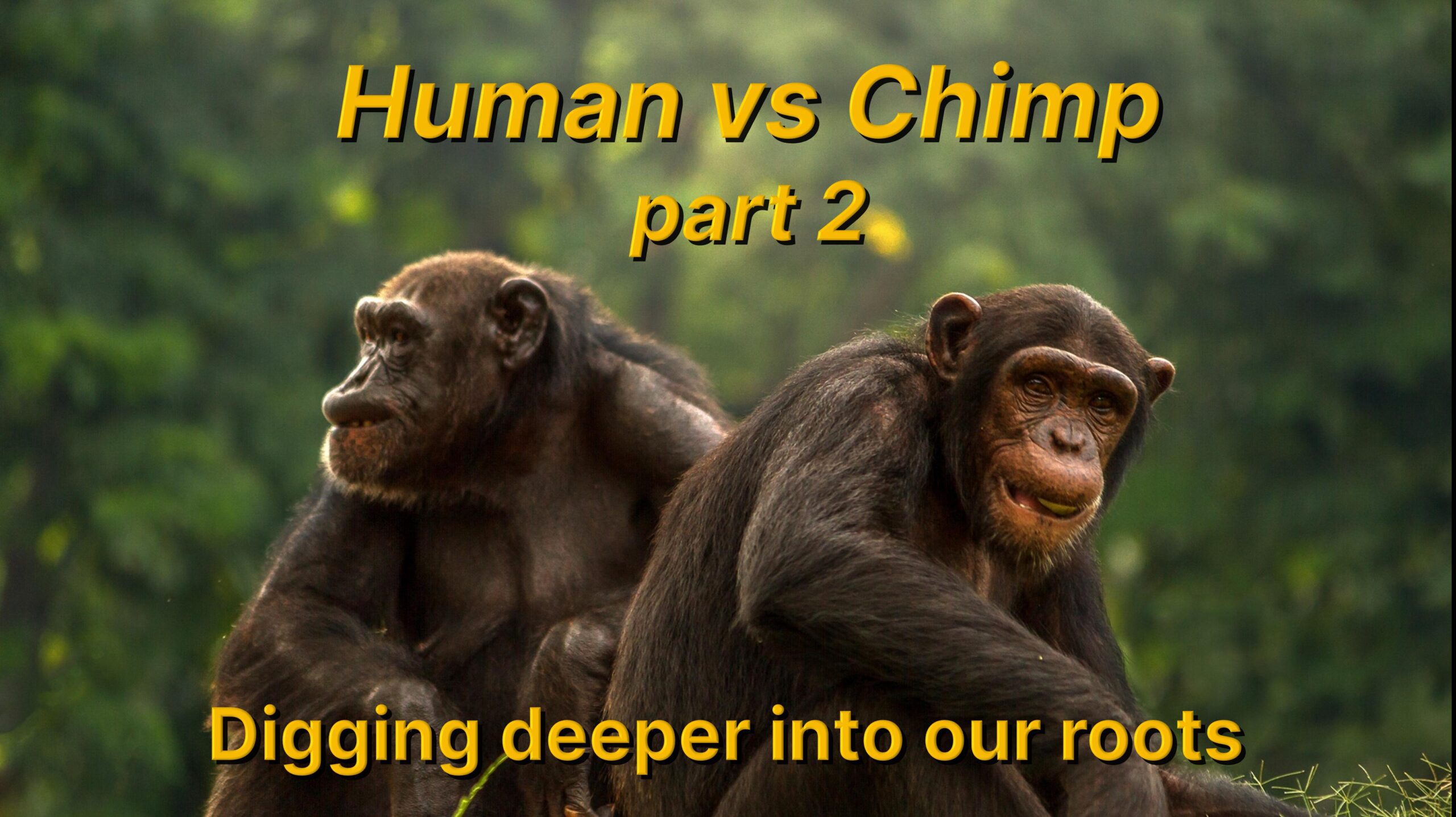Throughout the annals of evolutionary history, the anatomical distinctions between humans and chimpanzees elucidate a fascinating narrative about adaptation and survival. Understanding the differences between chimp hands and human hands, particularly through the lens of cultural relativism, unveils insights into both biological design and the socio-cultural frameworks that govern perception and interpretation of these differences.
The hand, a deceptively simple appendage, is a marvel of evolutionary engineering. In humans, the hand has evolved to serve multifarious functions, orchestrating intricate movements essential for tool use, communication, and artistic expression. The human hand comprises a highly adaptable structure, characterized by a unique opposable thumb that permits a wide range of grasping and manipulation. In contrast, the hands of chimpanzees, although similarly functional, exhibit distinct adaptations tailored for a different ecological niche. This divergence is not merely biological; it reflects deeper implications warranting examination within cultural contexts.
1. Anatomical Differences
The fundamental anatomical disparities between chimpanzee and human hands are striking. Human hands demonstrate a longer thumb ratio and a more complex arrangement of bones, enabling precision grips. They possess large, moveable metacarpals that contribute to extraordinary dexterity, allowing for activities ranging from writing to playing musical instruments. Conversely, the chimpanzee hand is structured for strength rather than dexterity. Their thumbs are shorter and less versatile, optimized for grasping branches and manipulating environmental objects within their arboreal habitat. This evolutionary distinction highlights the adaptations driven by differing lifestyles: bipedalism and tool use in humans versus knuckle-walking and climbing in chimpanzees.
2. Functional Implications
From a functional perspective, the design of the human hand offers remarkable capabilities for fine motor skills. The ability to execute precise, controlled movements fosters creativity, enabling humans to engage in complex tasks such as sculpting and constructing. In contrast, the chimpanzee hand is subservient to its instinctual needs, prioritizing strength and grip necessary for survival. In this regard, the chimp’s anatomical structure is a testament to evolutionary exigencies rather than a commentary on inferiority.
The implications of these functional differences extend to social structures and cultural practices. Human proficiency in tool-making catalyzed developments in agriculture, crafts, and technology, pivotal in shaping civilizations. In juxtaposition, while chimpanzees do demonstrate tool-use behaviors, such as using sticks to extract termites, their cultural transmission of such skills is markedly less complex. The divergence in hand design, therefore, is reflective not solely of biological evolution but also of the resultant cultural trajectories shaped by the inherent capabilities of each species.
3. Cultural Relativism and Perception
The principle of cultural relativism posits that one must understand a culture in its own context rather than judging it by the standards of another. This tenet is invaluable when analyzing the evolutionary paths of human and chimpanzee hands. Societies often ascribe varying meanings to physical attributes based on cultural beliefs, influencing perceptions of capability and intelligence. For instance, the human hand is frequently lauded as a symbol of creativity and intellect, while the chimpanzee hand, on the other hand, can be perceived as less advanced due to the socio-cultural positioning of non-human primates.
However, such perceptions are mired in anthropocentrism. Viewing chimpanzees through a Western lens often leads to an erroneous hierarchy, where human cognition is celebrated to the detriment of equally valid chimpanzee adaptability. In truth, each species’ anatomical design is a response to its environmental contextuality, demonstrating a nuanced interrelationship between biology and cultural interpretation.
4. Implications for Conservation
The evolutionary examination of distinctions between chimp and human hands evokes critical reflection on conservation efforts. Recognizing the chimpanzee hand’s peculiar design, evolved through millions of years, prompts an appreciation for biodiversity and the urgent need for ecological preservation. Cultural relativism can play a transformative role here. By understanding the ecological and cultural importance of the chimpanzee within its environment, societies may foster a conservation ethos rooted in respect and appreciation for all forms of life, recognizing them as intrinsically valuable.
Furthermore, highlighting the cultural traditions that respect and revere chimpanzees can enhance conservation narratives. For instance, indigenous communities often have rituals and stories intertwining their identities with the broader natural world, deepening collective responsibility towards conservation. Such perspectives challenge reductionist approaches that often overlook the cultural significance of non-human primates.
5. Future Perspectives
As the fields of anthropology and biology continue to merge, the implications of hand evolution underscore the need for interdisciplinary dialogue. Understanding how anatomical features inform socio-cultural beliefs can illuminate not only what it means to be human but also what it means to coexist within the larger tapestry of life. Insights gleaned from the comparative analysis of human and chimpanzee hands can inspire innovations in fields such as robotics, where emulating dexterity could further bridge the gap between human capabilities and technological advancement.
In conclusion, the examination of chimp hands versus human hands transcends mere anatomical study, embodying a rich interplay of evolution, adaptation, and cultural interpretation. Such an inquiry invites a re-evaluation of societal values surrounding intelligence, utility, and the human experience, fostering a more equitable understanding of our place in the natural world. By acknowledging the intricate designs shaped by evolutionary forces, humanity can cultivate deeper empathy for all sentient beings, ultimately enriching the fabric of our shared existence.
